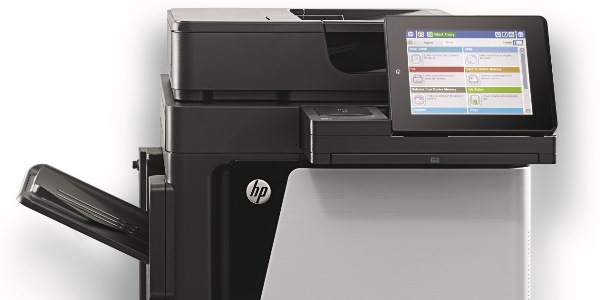New research from IDC shows the worldwide Ethernet switch market (Layer 2/3) recorded $5.66 billion in revenue in the first quarter of 2017, an increase of 3.3 per cent year over year.
Meanwhile, the worldwide total enterprise and service provider (SP) router market recorded $3.35 billion in revenue in 1Q17, decreasing 3.7 per cent on a year-over-year basis.
From a geographic perspective, the first quarter saw the North America market grow at a below-market rate in the first quarter of the year increasing 2.5 per cent on a year-over-year basis, with Canada increasing at a stronger 4.5 per cent.
However, the Ethernet switch market once again recorded its strongest growth in the Middle East and Africa (MEA) region, which increased a solid 9.1 per cent year over year. At the country level, the United Arab Emirates (up 38.2 per cent year over year) and South Africa (up 25.6 per cent year over year) were among the standouts. Western Europe also saw strong growth, increasing six per cent year over year in the first quarter of 2017, with Belgium (up 27.6 per cent year over year) and Sweden (up 12 per cent year over year) as growth pacesetters. Asia/Pacific (excluding Japan) (APeJ) grew at a rate just above the overall market with a 3.5 per cent year-over-year increase in Q1 of 2017. New Zealand (up 20.5 per cent year over year) was the regional growth leader.
Latin America experienced flat-to-declining performance in Q1, with a 0.4 per cent contraction year-over-year. Argentina was a bright spot in the quarter, growing 57.4 per cent on an annualized basis. Japan, in a reversal from the previous quarter, declined 0.6 per cent. Central and Eastern Europe saw the steepest decline, contracting 2.4 per cent year-over-year, as declines in Poland (down 30.4 per cent year-over-year) and Czech Republic (down 29.2 per cent) weighed on the region.
Rohit Mehra, vice president, Network Infrastructure at IDC, said the Ethernet switch market, across the enterprise and data centre segments, is characterized by two competing forces: faster speeds and increased standardization. Both forces drive port shipments up, but price erosion from standardization and product maturity means that improved price-performance becomes more important across regions. That said, continued penetration of cloud coupled with the digital transformation imperative will drive market growth throughout 2017.
This is what the vendors are doing:
Cisco finished Q1 with a year-over-year decline of 3.5 per cent in the Ethernet switching market and market share of 55.1 per cent, down from its 55.6 per cent share in 4Q16 and down from 59 per cent in Q1 of 2016. In the vigorously contested 10GbE segment, Cisco held 52.4 per cent of the market in first quarter, down from 53 per cent in the previous quarter. Cisco saw its combined service provider and enterprise router revenue decrease 13.3 per cent on an annualized basis, while its market share came in at 43.9 per cent, up from 42.2 per cent in 4Q16, but down from 48 per cent in 1Q16.
Huawei continued to perform well in both the Ethernet switch and the router markets on an annualized basis. Huawei’s Ethernet switch revenue grew 69.8 per cent year over year in the first quarter for a market share of 6.3 per cent, down from 9.9 per cent in 4Q of 2016 and up from 3.9 per cent in first quarter of 2016.
Hewlett Packard Enterprise‘s (HPE) Ethernet switch revenue grew a modest 0.8 per cent sequentially in the first quarter and its market share stands at 6.0 per cent, up from its five per cent share in 4Q16.
Arista Networks performed well in the first quarter of the year, with its Ethernet switching revenue rising 37.1 per cent year over year and earning a market share of 5.1 per cent, up from 3.9 per cent in 1Q16. Arista’s market share in the 100Gb segment stands at 27.8 per cent.
Juniper‘s Ethernet switching increased by a notable 39.2 per cent year over year in Q1, bringing its market share to 4.3 per cent versus 3.2 per cent in 1Q16. Juniper also saw a 3.4 per cent year-over-year increase in combined service provider and enterprise router revenues, with market share of 15.6 per cent, compared to 14.5 per cent in 1Q16.
Petr Jirovsky, research manager, Worldwide Networking Trackers of IDC, said cloud and software-defined architectures are starting to shake up the status quo in the Ethernet switch and router markets. This is already impacting leading and upstart networking vendors in various ways and points to an imperative for vendors to adapt and be nimble, and not depend on the status quo.





